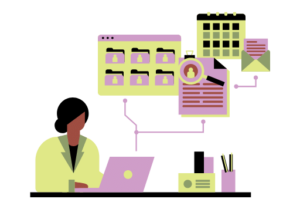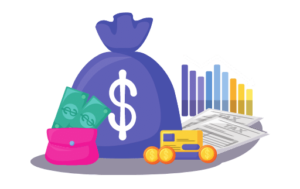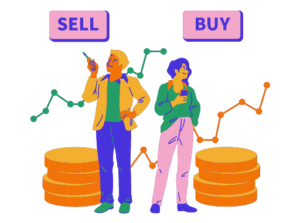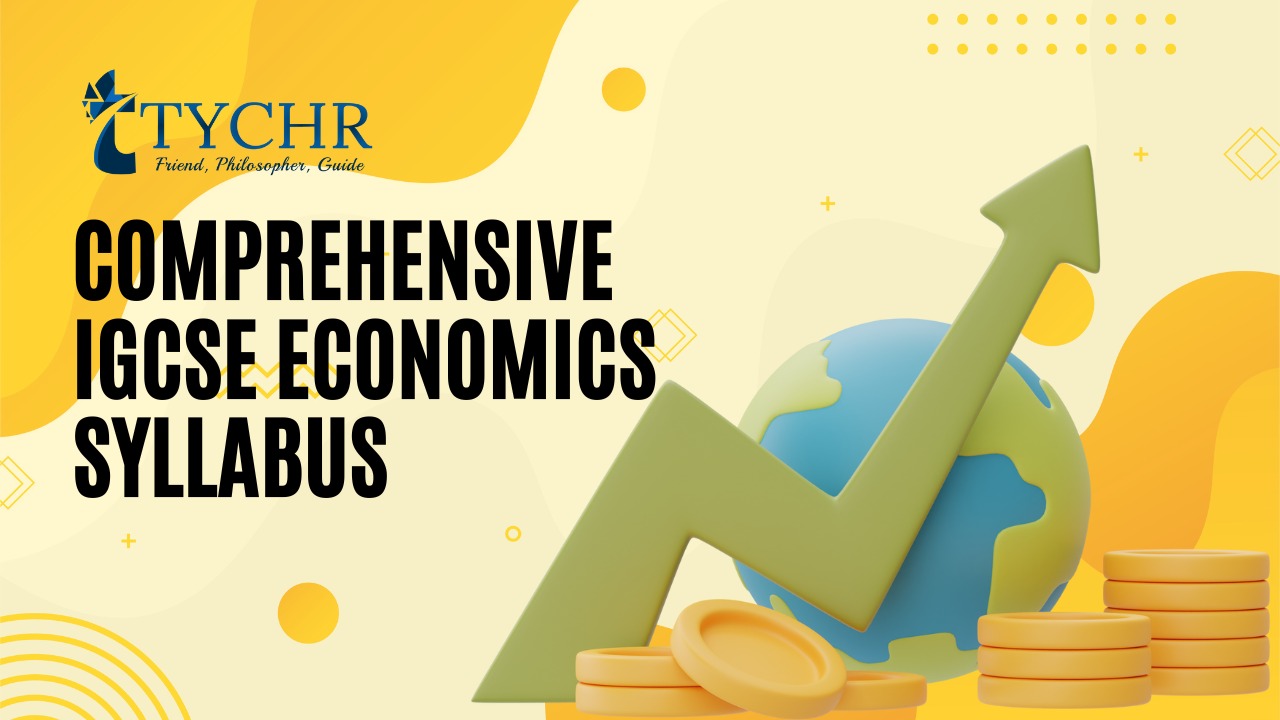| Subtopic |
Subtopic Number |
Key points |
| Microeconomics and macroeconomics |
2.1 |
- Economics is the study of how individuals and societies allocate scarce resources to satisfy unlimited wants and needs.
- Microeconomics focuses on the behavior of individual consumers, firms, and industries, while macroeconomics examines the performance of the economy as a whole.
- Both microeconomics and macroeconomics use models and theories to analyze economic issues and make predictions about future trends.
- Economics is a social science that is influenced by political, social, and cultural factors, and its findings can be used to inform public policy and decision-making.
|
| The role of markets in allocating resources |
2.2 |
- Markets provide a mechanism for buyers and sellers to exchange goods and services, and the price of these goods and services is determined by the forces of supply and demand.
- In a market economy, resources are allocated through the price mechanism, where prices serve as signals for producers and consumers to make decisions about what to produce and consume.
- The market system rewards those who produce goods and services that are in high demand and are able to do so at a low cost. This provides an incentive for producers to innovate and improve their production methods.
- The market system is characterized by competition, which encourages firms to produce goods and services at the lowest cost possible in order to stay competitive. This helps to ensure that resources are used efficiently, as firms are incentivized to minimize waste and maximize profits.
|
| Demand |
2.3 |
- Demand refers to the willingness and ability of consumers to purchase a specific quantity of a good or service at a given price, over a certain period of time.
- The law of demand states that, all other things being equal, as the price of a good or service increases, the quantity demanded of that good or service will decrease, and vice versa.
- The factors that can influence demand include the price of the good or service, consumer income, the prices of substitute and complementary goods, consumer tastes and preferences, and changes in the size of the population.
|
| Supply |
2.4 |
- Supply refers to the willingness and ability of producers to offer a specific quantity of a good or service for sale at a given price, over a certain period of time.
- The law of supply states that, all other things being equal, as the price of a good or service increases, the quantity supplied of that good or service will increase, and vice versa.
- The factors that can influence supply include the cost of production, the prices of related goods or services, technological changes, natural disasters, and government policies and regulations.
|
| Price Determination |
2.5 |
- Price determination is the process by which the price of a good or service is established in a market economy through the interaction of supply and demand.
- In a competitive market, the price of a good or service is determined by the point at which the quantity supplied equals the quantity demanded, which is referred to as the equilibrium price.
- If the quantity demanded of a good or service is greater than the quantity supplied, this creates a shortage and prices will tend to rise until equilibrium is restored. Conversely, if the quantity supplied is greater than the quantity demanded, this creates a surplus and prices will tend to fall until equilibrium is restored.
- Changes in either supply or demand can cause the equilibrium price to shift. For example, if demand increases while supply remains constant, the equilibrium price will increase, and if supply increases while demand remains constant, the equilibrium price will decrease.
|
| Price changes |
2.6 |
- Price changes occur when there is a shift in the supply or demand curve for a good or service, causing the equilibrium price to rise or fall.
- An increase in demand will lead to an increase in both the equilibrium price and quantity sold, while a decrease in demand will lead to a decrease in both the equilibrium price and quantity sold.
- An increase in supply will lead to a decrease in the equilibrium price and an increase in the quantity sold, while a decrease in supply will lead to an increase in the equilibrium price and a decrease in the quantity sold.
- Price changes can have various effects on different stakeholders in the market. For example, if the price of a good increases, consumers may reduce their demand for that good, while producers may increase their supply. In some cases, price changes can also lead to changes in the allocation of resources, as producers may shift their production towards goods that are more profitable to produce at the new price.
|
| Price elasticity of demand |
2.7 |
- Price elasticity of demand is a measure of how responsive the quantity demanded of a good or service is to a change in its price. It is calculated as the percentage change in the quantity demanded divided by the percentage change in the price.
- If the price elasticity of demand is greater than one, demand is said to be elastic, meaning that the quantity demanded is highly responsive to changes in price. If it is less than one, demand is said to be inelastic, meaning that the quantity demanded is not very responsive to changes in price.
- The factors that influence the price elasticity of demand include the availability of substitutes, the proportion of income spent on the good or service, the time horizon over which the price change occurs, and the extent to which the good or service is considered a necessity or a luxury.
|
| Price elasticity of supply |
2.8 |
- Price elasticity of supply is a measure of how responsive the quantity supplied of a good or service is to a change in its price. It is calculated as the percentage change in the quantity supplied divided by the percentage change in the price.
- If the price elasticity of supply is greater than one, supply is said to be elastic, meaning that the quantity supplied is highly responsive to changes in price. If it is less than one, supply is said to be inelastic, meaning that the quantity supplied is not very responsive to changes in price.
- The factors that influence the price elasticity of supply include the availability of inputs, the time horizon over which the price change occurs, the flexibility of production processes, and the extent to which the good or service is produced by a competitive market or a monopoly.
|
| Market Economic Systems |
2.9 |
- A market economic system is an economic system in which the allocation of resources is determined primarily by the interactions of buyers and sellers in markets, without significant government intervention.
- In a market economy, the prices of goods and services are determined by supply and demand, and resources are allocated to their most valued uses by the price system.
- Market economies are characterized by private property rights, voluntary exchange, competition, and a profit motive. These features encourage efficiency and innovation in the use of resources, as individuals and firms are incentivized to produce goods and services that are in demand and to use resources in the most efficient manner.
|
| Market Failure |
2.10 |
- Market failure occurs when the allocation of resources in a market economy is inefficient, resulting in a suboptimal level of production and consumption of goods and services.
- There are several types of market failure, including externalities, public goods, information asymmetry, and market power. Externalities occur when the production or consumption of a good or service has spillover effects on third parties, which are not reflected in the market price. Public goods are goods that are non-excludable and non-rivalrous, meaning that they are difficult to exclude people from consuming and consumption by one person does not reduce the amount available for others. Information asymmetry occurs when one party in a transaction has more information than the other party. Market power occurs when a firm has the ability to set prices above the competitive level due to its dominance in the market.
- Market failures can result in a misallocation of resources, leading to either underproduction or overproduction of goods and services, as well as a lack of investment in public goods and services that are necessary for the well-being of society.
- Governments can intervene in the economy to correct market failures, for example through regulation, taxation, or the provision of public goods and services. However, government intervention can also result in inefficiencies and unintended consequences, and it is important to consider the costs and benefits of different policy options in addressing market failures.
|
| Mixed Economic Systems |
2.11 |
- A mixed economic system is an economic system that combines elements of both market and command economies. In a mixed economy, the allocation of resources is determined by a combination of market forces and government intervention.
- The government in a mixed economy may intervene in the market to correct market failures, promote social welfare, or provide public goods and services. However, the extent and nature of government intervention vary depending on the specific mixed economic system.
- Mixed economies typically allow for private ownership of property and resources, and individuals and firms are free to engage in market transactions. However, the government may regulate or restrict certain activities, such as monopolies, to promote competition and ensure a fair distribution of resources.
|














